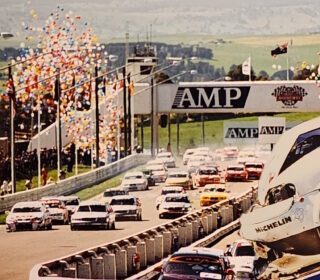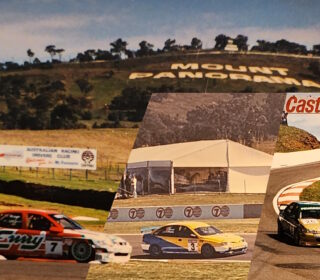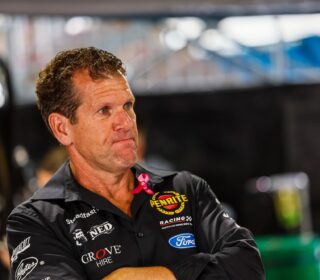Flying Racing Cars: Home Grown in Australia
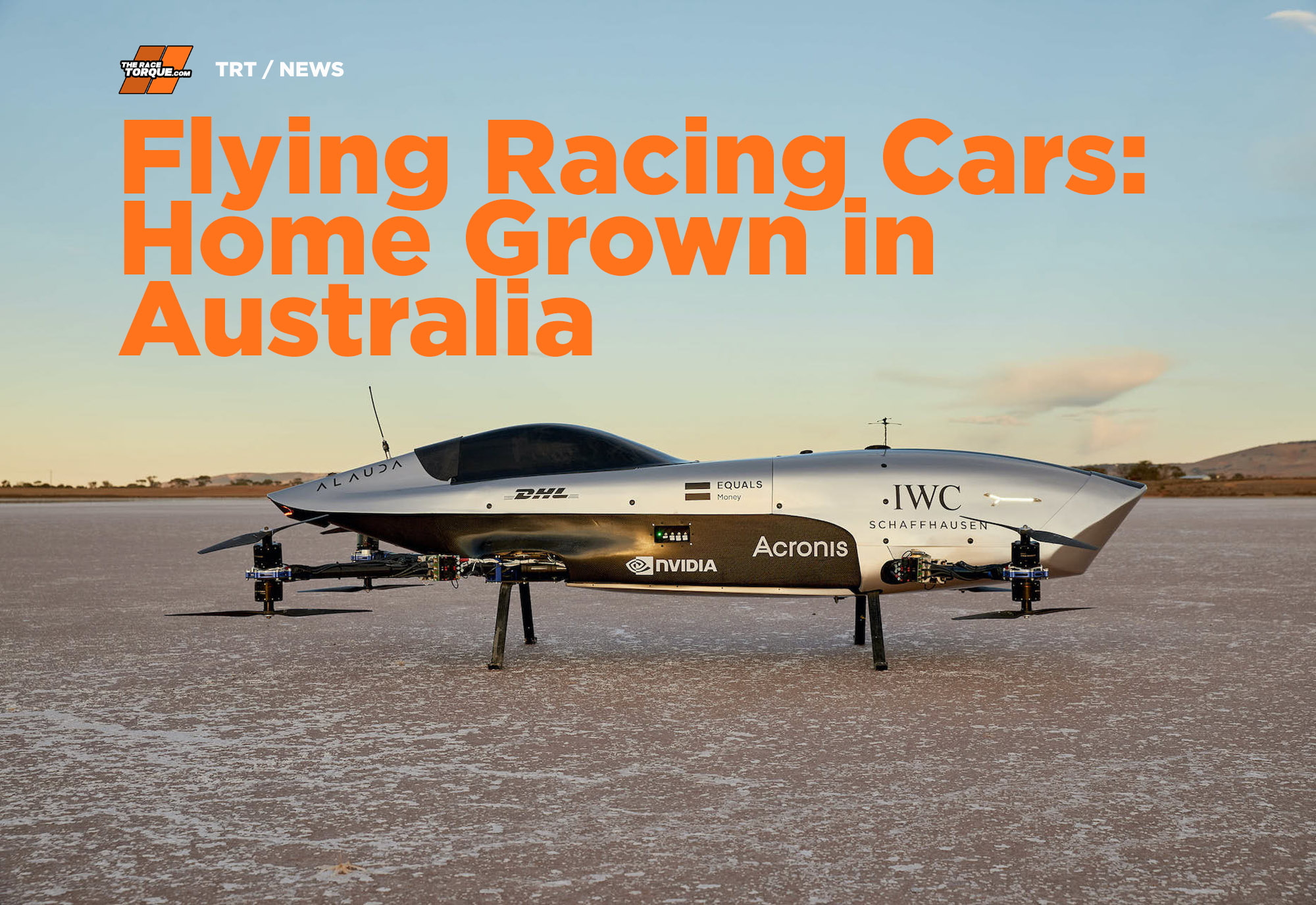
Last week here on The Race Torque, we reported on the arrival of autonomous motorsport in Australia. This week, it is the turn of flying car racing.
Because: 2022.
Introducing Airspeeder, the next format taking off in motorsport, with the genre having its roots right here on these shores.
While Supercars drivers are getting tied up in knots about paddle-shifters, the Airspeeder EXA Series has ditched wheels entirely and has attracted significant corporate backing for its global platform, which sees identical electric multicopters take to the heavens.
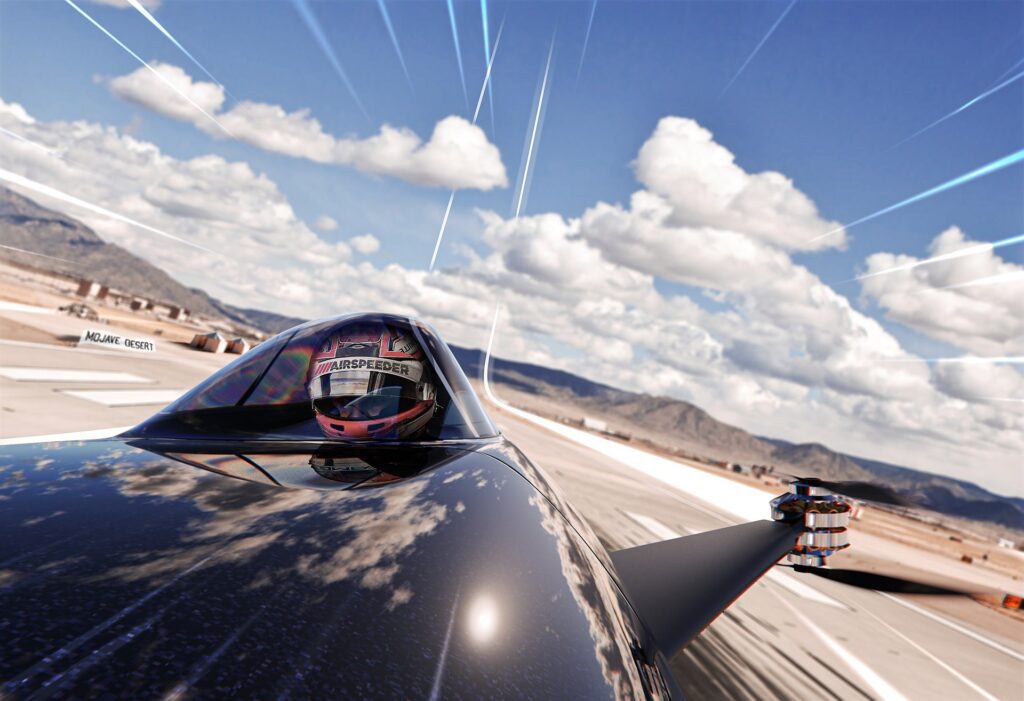
Home-grown Australian
The concept has some very Australian roots – its founder is Australian entrepreneur Matthew Pearson, with the flying cars being developed by Adelaide company Alauda Aeronautics and its 25 employees.
Keeping the Australian theme alive, the initial prototype testing took place at Wakefield Park, while the moonscape-like surrounds of Coober Pedy are slated to host one of the inaugural season events.
In further local motorsport ties, Emily Duggan has been named as one of the initial intake of pilots.
Duggan takes to the air with a very grounded racing resume in Super3, Toyota 86s and Hyundai Excels.
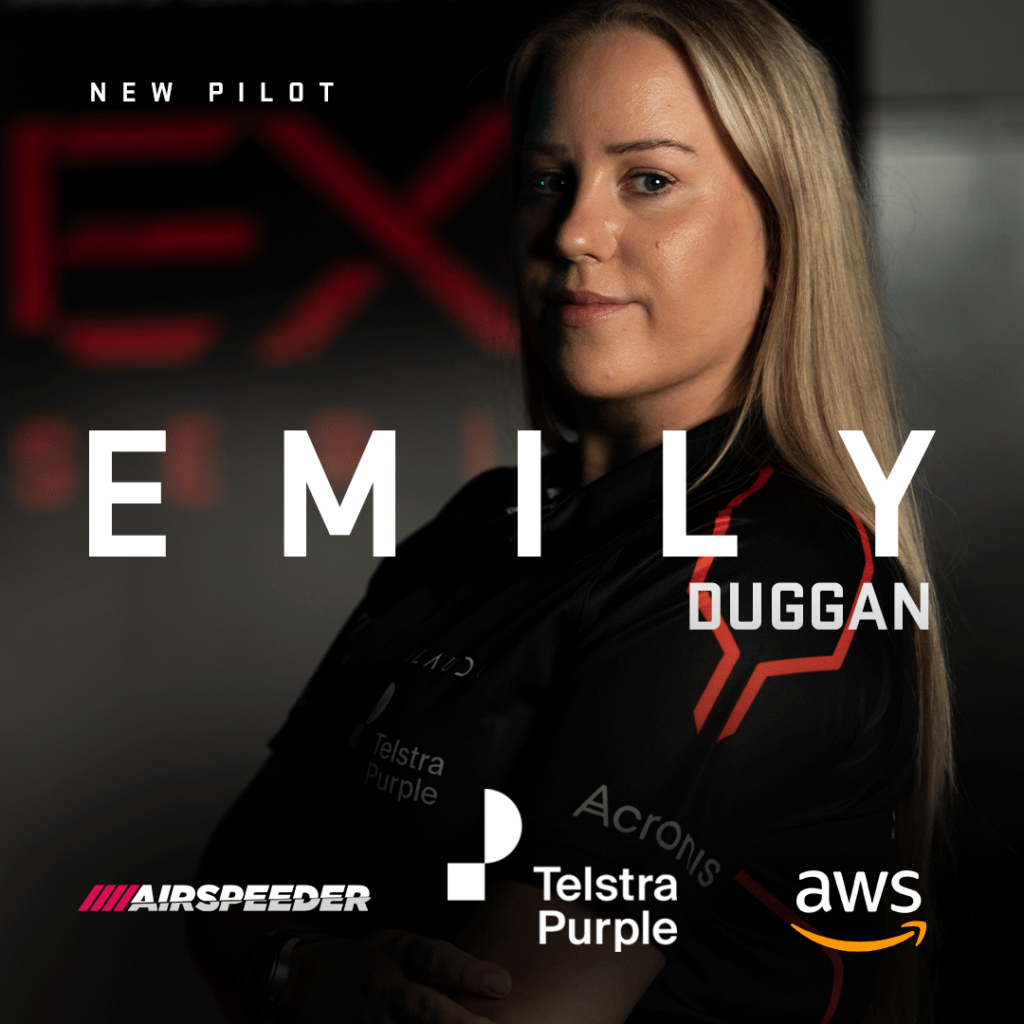
Haven’t we seen this in Star Wars?
Pretty much, yes. Also, before that in The Jetsons.
The initial iteration of the genre is set to see the flying cars controlled remotely, with in-cockpit physical avatars filling the hot seats for the competition, mimicking the movements and commands of the ground-bound pilots.
In the near future, however, expect the pilots to be taking to the air once data is gathered, the kinks are ironed out, and the crafts become crash proof.
This entire crash proofing of the concept is assisted by onboard radar and lidar systems, which are designed to limit the chances of mid-air and ground collisions.
Final specs appear to have the piloted machines tipping the scales at around 250kg, achieving 0 to 100km/h in under three seconds, be capable of top speeds of around 200km/h and achieving a maximum altitude of 500m.
The vehicles are set to have a flying time of around 10 to 15 minutes, with the batteries expected to be capable of quick interchange on the ground during mid-race pit stops.
Keeping with the Star Wars theme, the less congested airspace around scenic deserts are set to feature on the calendar, making locations like Coober Pedy and the Majove Desert ideal candidates, although that could expand to include other picturesque locations, much like the off-road Extreme E series.
These isolated areas add to the concept’s safety, with the digitally governed tracks and spectator-less outfields set to have minimal environmental impact in a made-for-streaming product.
While the idea of flying cars isn’t new, the Airspeeder concept has been made practical due to improved battery densities and the highly efficient electric motors that are now available.
Racing Up There
Airborne competition has been around since 1909 and has evolved over time in a variety of configurations.
Obviously, the Red Bull Air Race instantly comes to mind, but that format saw only one plane take to the course at a time, weaving its way through pylons, with other technical flying tasks assisting in formulating final scores.
Australia has a place in the sport’s history, too, with the 1934 running of the MacRobertson Air Race.
The race however wasn’t necessarily a vigorous head-to-head battle, after all, it’s hard to keep the intensity up over the 71-hour journey from London to Melbourne.
The final margin of victory? 19 hours and 13 minutes, with nine of the 20 entries completing the route.
Jimmy Melrose was the only Aussie finisher in seventh outright (and second in handicap honours), with a final time of nearly 11 days.
The big daddy of airborne competition to this day continues to be the Reno Air Races, otherwise known as the world’s fastest motorsport, above.
The action features genuine head-to-head racing on courses between 4.8 to 13km long, split between six divisions, with the fastest jet entries averaging around 800km/h.
Of course, the Reno Air Races are ridiculously dangerous, with over 20 pilots losing their lives since 1964, with the 2011 crash of a modified Mustang P-51D also killing ten spectators and injuring 69 others.
So, are you curious? Would you watch flying car racing? Or do they just look like massive drones? Hit us up on the socials @theracetorque with your hot take!



